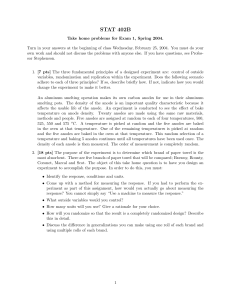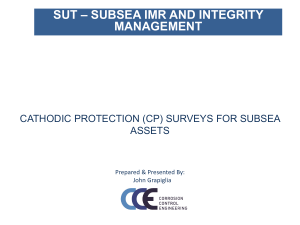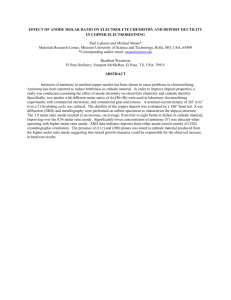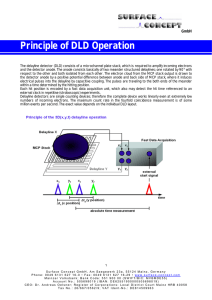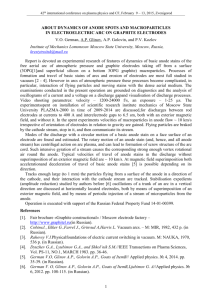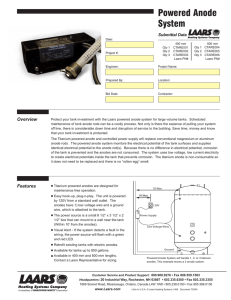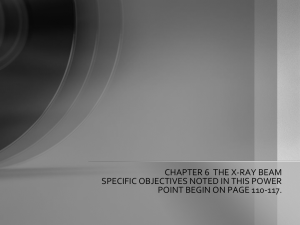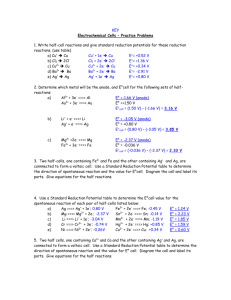Postdoctoral research project Numerical study of the transport
advertisement
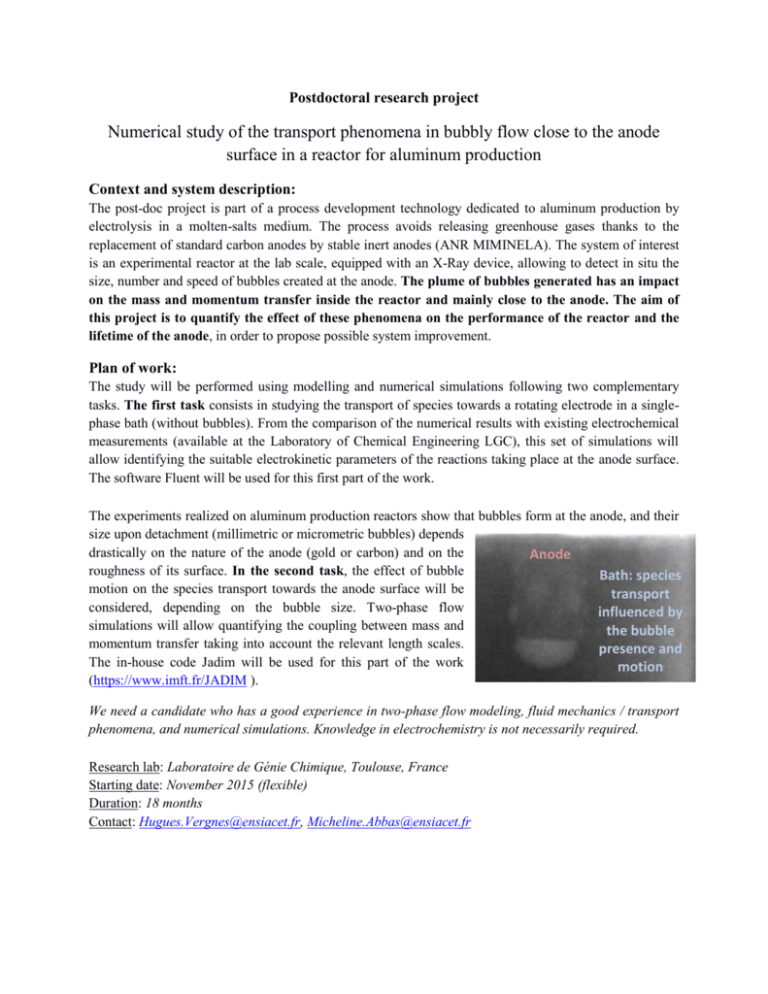
Postdoctoral research project Numerical study of the transport phenomena in bubbly flow close to the anode surface in a reactor for aluminum production Context and system description: The post-doc project is part of a process development technology dedicated to aluminum production by electrolysis in a molten-salts medium. The process avoids releasing greenhouse gases thanks to the replacement of standard carbon anodes by stable inert anodes (ANR MIMINELA). The system of interest is an experimental reactor at the lab scale, equipped with an X-Ray device, allowing to detect in situ the size, number and speed of bubbles created at the anode. The plume of bubbles generated has an impact on the mass and momentum transfer inside the reactor and mainly close to the anode. The aim of this project is to quantify the effect of these phenomena on the performance of the reactor and the lifetime of the anode, in order to propose possible system improvement. Plan of work: The study will be performed using modelling and numerical simulations following two complementary tasks. The first task consists in studying the transport of species towards a rotating electrode in a singlephase bath (without bubbles). From the comparison of the numerical results with existing electrochemical measurements (available at the Laboratory of Chemical Engineering LGC), this set of simulations will allow identifying the suitable electrokinetic parameters of the reactions taking place at the anode surface. The software Fluent will be used for this first part of the work. The experiments realized on aluminum production reactors show that bubbles form at the anode, and their size upon detachment (millimetric or micrometric bubbles) depends drastically on the nature of the anode (gold or carbon) and on the Anode roughness of its surface. In the second task, the effect of bubble Bath: species motion on the species transport towards the anode surface will be transport considered, depending on the bubble size. Two-phase flow influenced by simulations will allow quantifying the coupling between mass and the bubble momentum transfer taking into account the relevant length scales. presence and The in-house code Jadim will be used for this part of the work motion (https://www.imft.fr/JADIM ). We need a candidate who has a good experience in two-phase flow modeling, fluid mechanics / transport phenomena, and numerical simulations. Knowledge in electrochemistry is not necessarily required. Research lab: Laboratoire de Génie Chimique, Toulouse, France Starting date: November 2015 (flexible) Duration: 18 months Contact: Hugues.Vergnes@ensiacet.fr, Micheline.Abbas@ensiacet.fr

